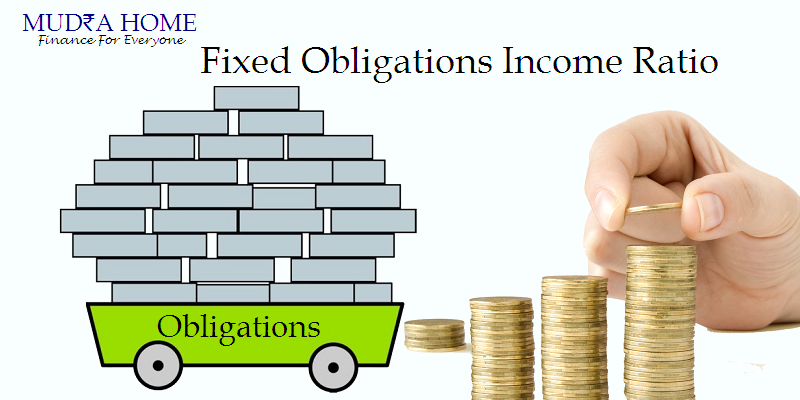
Borrowing a loan is little tricky for those with no financial knowledge. Those who go directly to the Bank/ NBFC to avail a loan face a number of challenges. These challenges can easily be solved by providing few details on the website of Mudra Homes . The borrower has to go through a various stages of the loan approval process and Banks/ NBFC’s have their own eligibility criteria to sanction the loan and satisfy themselves on the credit worthiness of the borrower. This is because the non profitable assets cause loss to their business as well. Before sanctioning the loan Banks/ NBFC’s follow a procedure that includes the verification of the borrower’s eligibility, verification of the supporting documents, credit history, current assets & liabilities, the financial obligations and the repayment capacity of the EMI’s. Even Mudra homes facilitate you to find the right EMI that fits your budget, eligibility by calculating your credit score, the required documents to support your loan application and the Banks/ NBFC’s where you fit as per your requirement.
Based on the verification and the results, the lender calculates the eligibility and the loan amount to lend. FOIR stands for Fixed Obligations to Income Ratio. It calculates the borrower’s monthly income which he uses to pay the current fixed expenses for the month, specially the debt obligations i.e. loans. Other expenses like the rent can be considered and depends on the income of the borrower. This ratio does not include the deductions from the salary like the PF, professional tax or the deductions for the investments or insurance or a recurring deposit (RD). Banks/ NBFC consider all the installments of the loans borrowed by the borrower and are currently running. While calculating the eligibility lender also includes the EMI for the loan applied for.
FOIR is an important and a popular tool to determine the loan eligibility. As per the Bank/ NBFC the borrower should restrict the fixed obligations that include the current EMI for the loan to 50% of his monthly income. If the ratio crosses the bench mark, the bank may restrict the loan amount. The percentage of FOIR varies from lender to lender and completely depends on the borrower’s monthly expenses, monthly income and the fixed obligations.
The eligibility of the borrower depends on the credit worthiness, terms of the norms and standards of the Bank/ NBFC. Credit worthiness assures the repayment capacity of the borrower. The borrower has to fulfill the norms of the lender and fits into the eligibility criteria. The eligibility is calculated based on certain broad parameters. Income of an applicant & co-applicant, age, qualification, family details, professional experience, employer/ business security of tenor, financing patterns and the tax history details of assets, income source, previous loan records and any recurring liabilities investments are the aspects to be assessed during th loan approval process.
For any lender, the FOIR rules for an unsecured loan are stricter as compared to secured ones as they are risky e.g. Credit card. To be more eligible and avail a loan with a higher amount, the FOIR should be less as the Banks/ NBFC’s count it as a negative mark on the borrower’s part. This shows the income after paying all your debts is less and hence risky for the lender. The best combination is to have a high credit score and a low FOIR to benefit you with a better rate of interest, tenor and other related charges.
Availing a home loan, mortgage or a LAP is a complex process for self employed professionals and self employed non professionals as compared to salaried due to erratic cash inflow. The risk of business being shut down is also there.
The monthly income of Mr. X is Rs. 90,000. He is paying EMI’s towards certain obligations such as Rs. 7500 towards an auto loan, an EMI of Rs. 5000 towards a personal loan. If we consider that Mr. X pays almost 50% of his salary towards the other debts then we have:
50% of 90,000 = 45000
Auto Loan EMI = 7500
Personal loan EMI = 5000
The disposable income to pay the new loan is:
45000 – 7500 – 5000 = 32500
To find the right amount for the repayment of the loan, let’s make a reverse calculation:
Eligibility of Loan = monthly income (gross) * FOIR% – all obligation debts / per lakh EMI (EMI is calculated based on the tenor and the rate of interest).
The above calculation shows that the borrower is eligible to take up an EMI of Rs.32500.
The FOIR vary from lender to lender and case to case and generally the percentage is 45% to 70%. FOIR limit cannot exceed more than 100%. Apart from the FOIR, credit score (CIBIL) is also an important factor that determines the eligibility and depends on the Bank/ NBFC’s loan approval policy.
